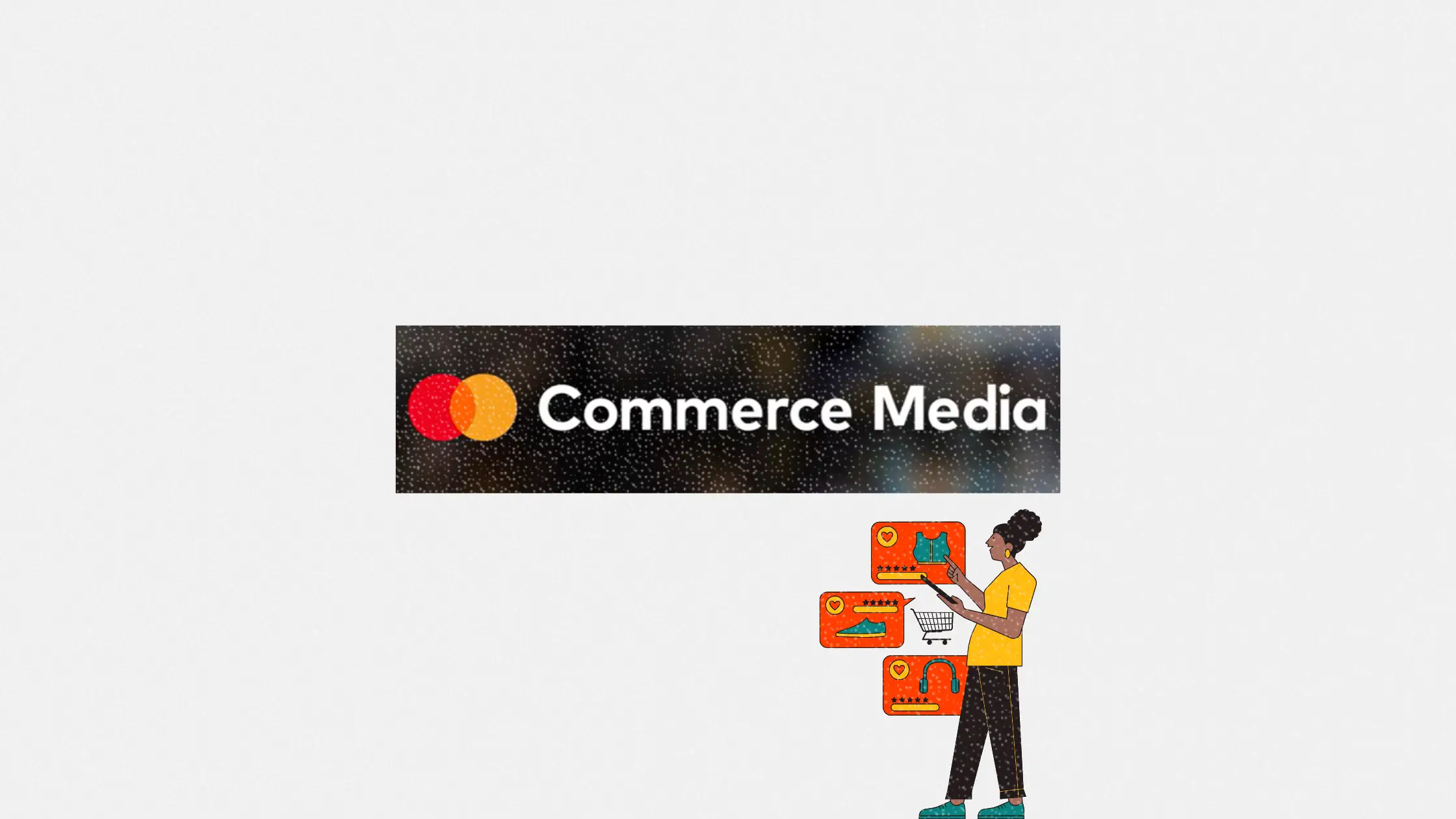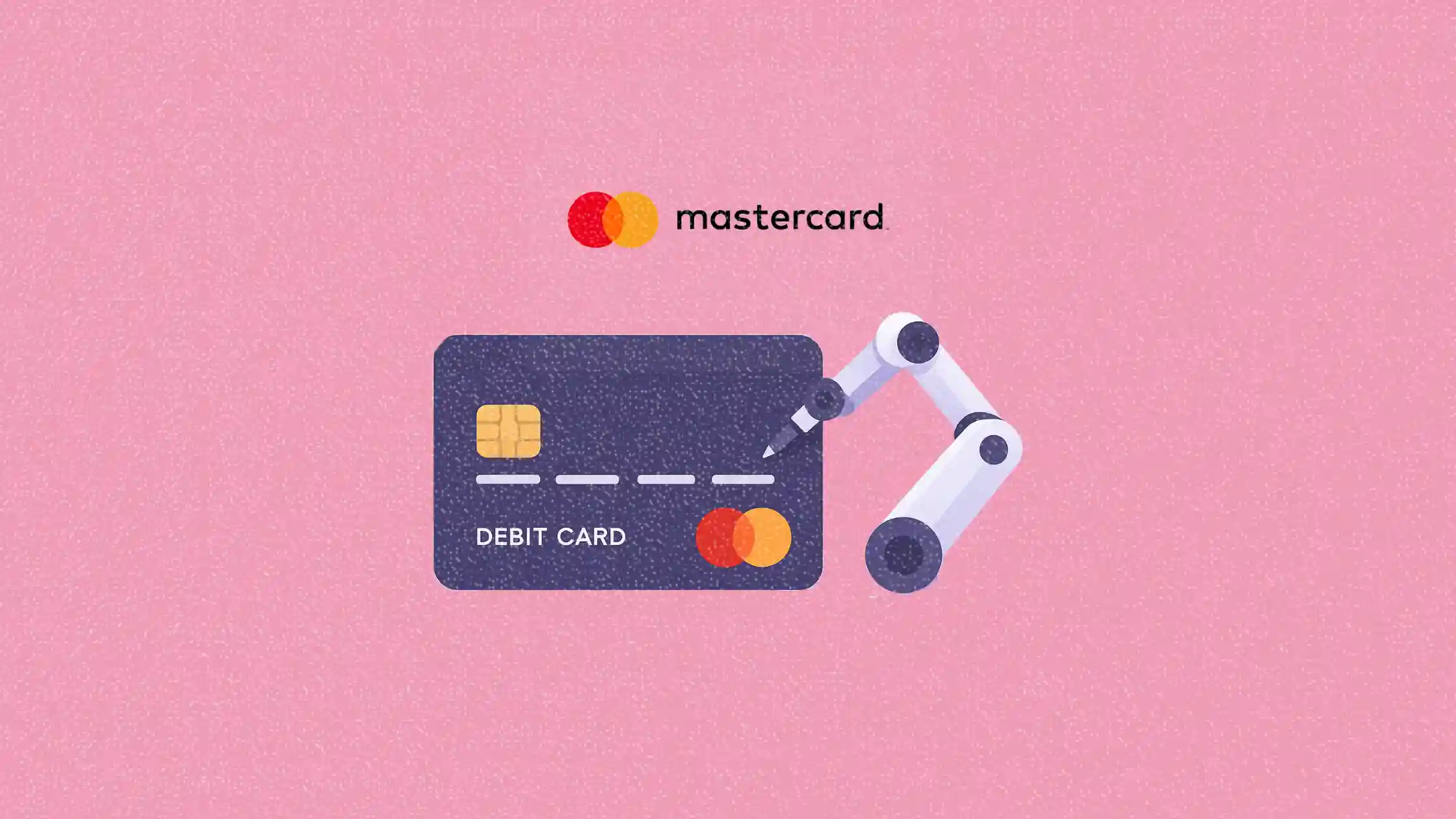Mastercard enters the media game with a pitch to advertisers
Mastercard enters the retail media race with a data-rich network spanning banks, publishers, and merchants

Mastercard is making a serious play for digital advertising budgets with the launch of Mastercard Commerce Media, a global ad network built on its payments infrastructure and massive consumer data pool.
This article explores how the financial giant’s media ambitions could reshape how brands approach performance marketing, particularly in retail, travel, entertainment, and everyday spend categories.
The move comes as retail media spending is expected to hit nearly US$100 billion by 2028. Marketers continue to battle fragmentation, measurement gaps, and privacy limitations. With card-linked data and attribution baked in, Mastercard is betting it can offer something most platforms cannot: closed-loop measurement at scale.
Short on time?
Here’s a table of contents for quick access:
- What is Mastercard Commerce Media?
- How Mastercard is positioning itself
- Why this move matters for marketers
- What marketers should know

What is Mastercard Commerce Media?
Mastercard Commerce Media is a digital media network that lets brands target consumers using permissioned transaction data, pulled directly from Mastercard’s global payments network.
At launch, the platform includes:
- 25,000 advertisers
- Over 500 million enrolled consumers
- 160 billion transactions processed in 2024
It supports offer-based advertising such as cashback or discounts, delivered through Mastercard’s own channels and via partner banks, publishers, and merchants. Consumers activate these offers using their enrolled cards, allowing direct attribution of purchases to specific content or campaigns.
Supported verticals include:
- Retail
- Travel
- Dining
- Entertainment
- Everyday essentials

How Mastercard is positioning itself
Mastercard wants to solve long-standing marketing problems like unclear attribution and limited reach across fragmented platforms. Commerce Media offers:
- End-to-end attribution from ad exposure to transaction
- Real-time offer activation through card-linking
- Cross-channel ROAS tracking for both in-store and online
- Merchant-level reach for precise audience targeting
Several strategic partnerships support the rollout:
- Citi helps extend offer reach through banking channels
- WPP connects Mastercard to traditional media ecosystems
- Microsoft Copilot Studio enables agent-led commerce experiences for dynamic, real-time engagement
The network is also supported by Dynamic Yield, Mastercard’s personalisation engine, and Mastercard Marketing Services for media planning and optimisation.

Why this move matters for marketers
This launch signals that Mastercard is not just a payment provider anymore. It is becoming a media enabler.
With third-party cookies fading and privacy rules tightening, marketers are under pressure to prove value. Mastercard is offering a solution that is both performance-driven and privacy-conscious, using deterministic identity via cardholder data.
In a landscape full of walled gardens and patchy tracking, Mastercard can offer marketers a unique bridge between advertising and purchase behavior. The combination of transaction data and direct consumer relationships positions Commerce Media as a serious player in the retail media arena.
What marketers should know
Here are key takeaways if you are considering Commerce Media for your campaigns:
1. Closed-loop measurement is the core value
You can directly connect media impressions to purchases. This works across both digital and physical channels, helping prove true incrementality and campaign lift.
2. Incentive-based ads are built in
You are not just targeting users. You can now embed rewards like cashback or discounts into your campaigns. That unlocks engagement strategies especially useful for retail and travel.
3. Personalisation is ready to go
Thanks to Dynamic Yield, you can tailor offers based on actual purchase behavior. That means more relevance and better conversion, without relying on third-party cookies.
4. Privacy is baked into the stack
Because consumers enroll cards to activate offers, marketers can reach people who have given permission. This keeps you compliant while still offering scale.
5. The surface area for distribution is growing
Mastercard plans to expand this network into digital wallets, points of sale, and new international markets. If you advertise across global markets or through omnichannel strategies, this could become a useful tool.






